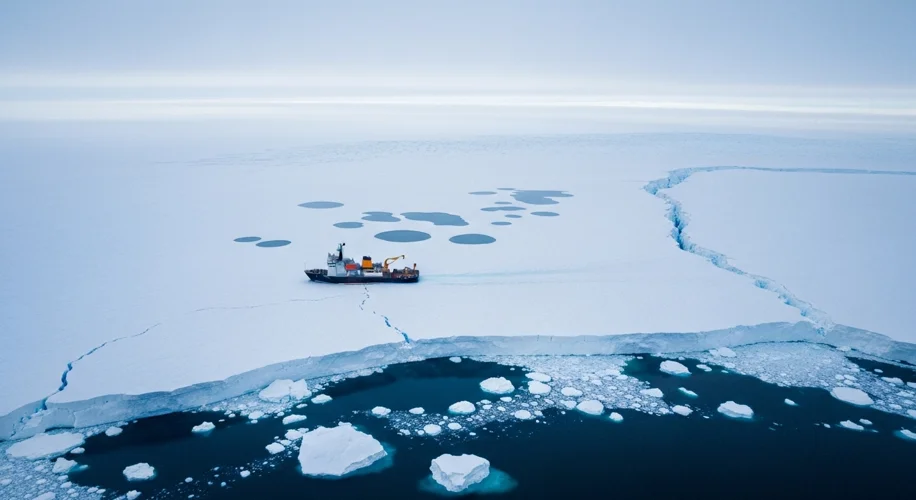As a scientist who spends a lot of time thinking about our planet’s atmosphere, I’ve been watching Antarctica with growing concern. This vast continent, often seen as a remote and frozen wasteland, is actually a critical player in Earth’s climate system. And right now, it’s changing faster than many predicted.
Did you know that Antarctica holds about 90% of the world’s ice? That’s a mind-boggling amount of frozen water. But this massive ice reservoir isn’t as stable as it once seemed. Scientific research, utilizing everything from satellite data to on-the-ground measurements, is showing us some significant shifts.
What’s Happening Down South?
The most talked-about changes are happening in West Antarctica. Here, large ice shelves, which act like buttresses holding back the massive glaciers behind them, are thinning and breaking apart. The grounding lines – the point where glaciers lose contact with bedrock and start to float – are retreating. This isn’t a slow, gradual process anymore; we’re seeing accelerated ice loss.
The story isn’t uniform across the entire continent. East Antarctica, for instance, is much colder and generally more stable. However, even there, some areas are showing signs of instability, particularly where warmer ocean waters are interacting with the ice.
The Ripple Effect: Why Antarctica Matters to All of Us
So, why should we care about what happens thousands of miles away in a place most of us will never visit? The consequences of Antarctica’s changes are global.
- Sea-Level Rise: This is the big one. As Antarctic ice melts and flows into the ocean, it directly contributes to rising sea levels. Projections vary, but even a small increase can have devastating impacts on coastal communities worldwide, displacing millions and threatening infrastructure.
- Ocean Currents: The massive influx of cold, fresh meltwater from Antarctica can influence ocean circulation patterns. These currents act like a global conveyor belt, distributing heat around the planet. Changes here could alter weather patterns and marine ecosystems far from the Antarctic coast.
- Global Weather Patterns: The sheer volume of ice and its interaction with the atmosphere play a role in global weather systems. Changes in Antarctica could subtly, or not so subtly, shift where storms form, how much rain or snow different regions receive, and even influence extreme weather events elsewhere.
The Human Element
It’s crucial to remember that these changes don’t happen in a vacuum. While Antarctica itself has no permanent human population, the consequences of its transformation disproportionately affect vulnerable communities around the globe. Coastal populations, often in developing nations, are on the front lines of sea-level rise, facing displacement and loss of livelihoods.
As a scientist, my focus is on understanding these complex Earth systems. The data coming from Antarctica is a stark reminder that our planet is interconnected. What happens at the poles doesn’t stay at the poles. It’s a call to action, not just for policymakers, but for all of us to stay informed and consider the impact of our actions on this delicate, interconnected world.

